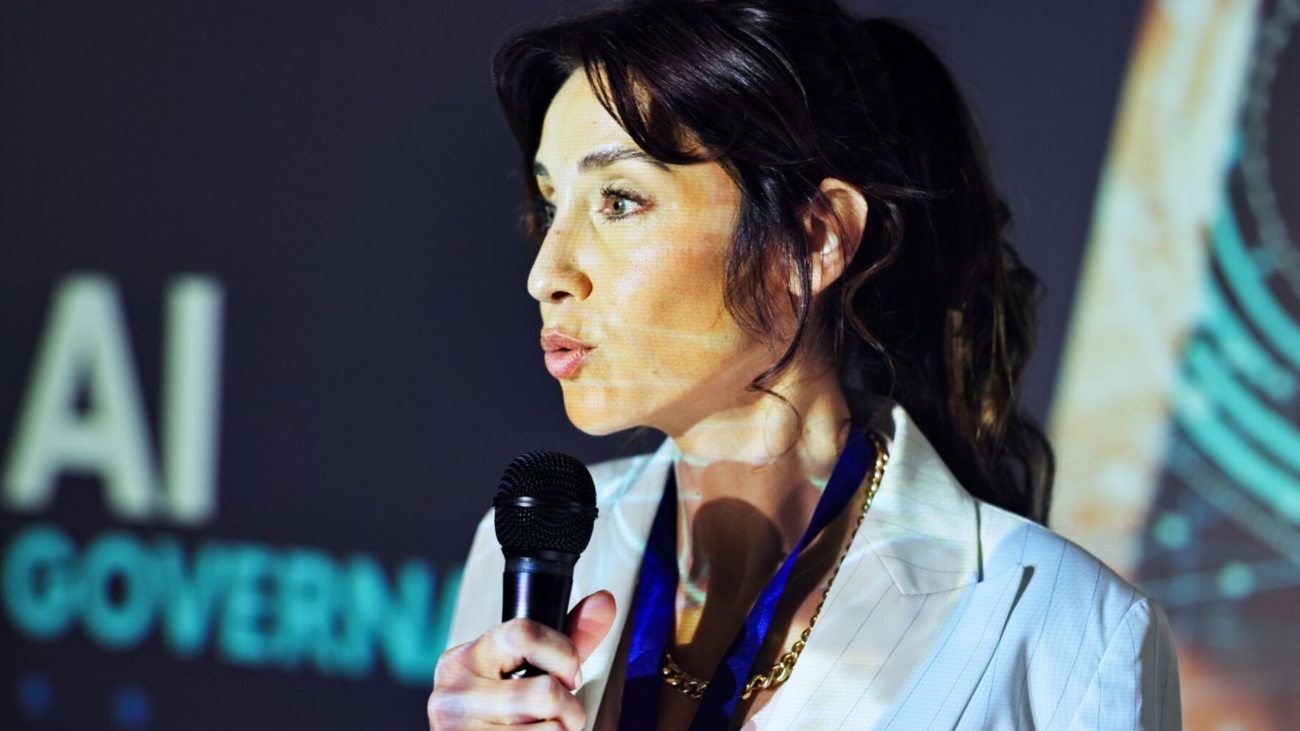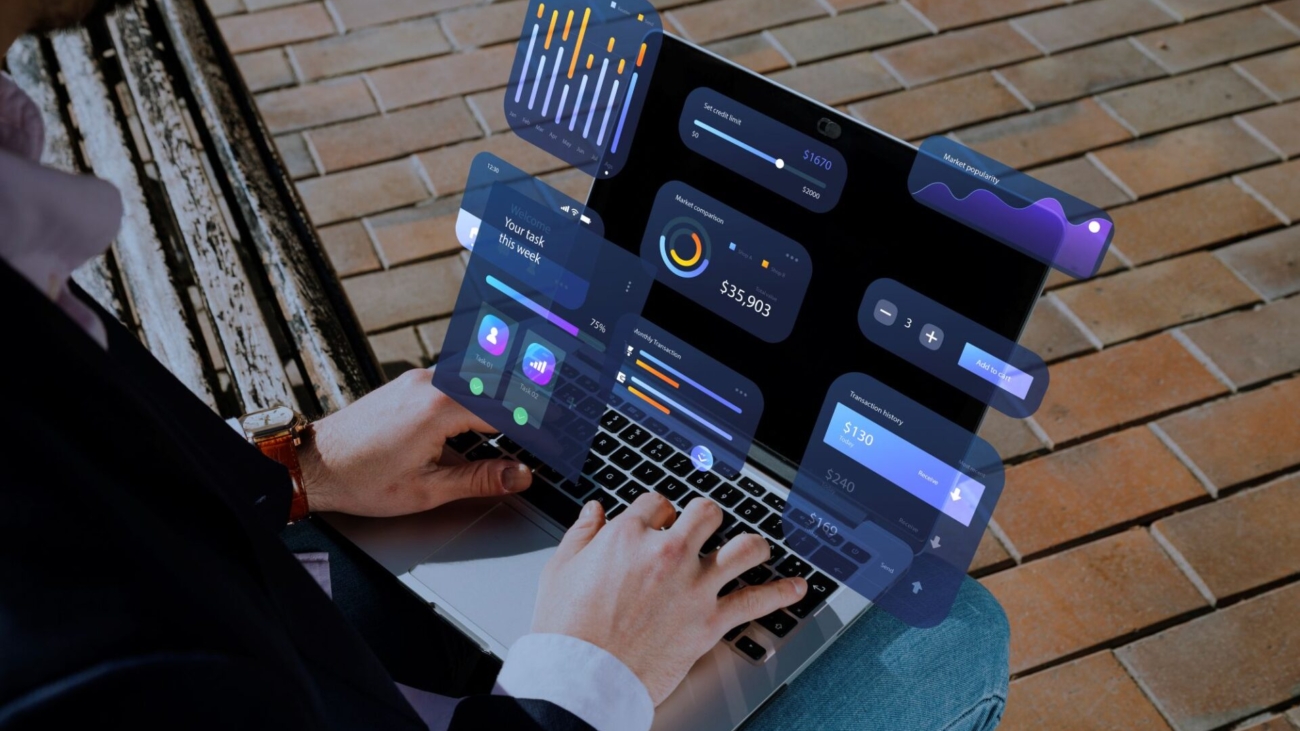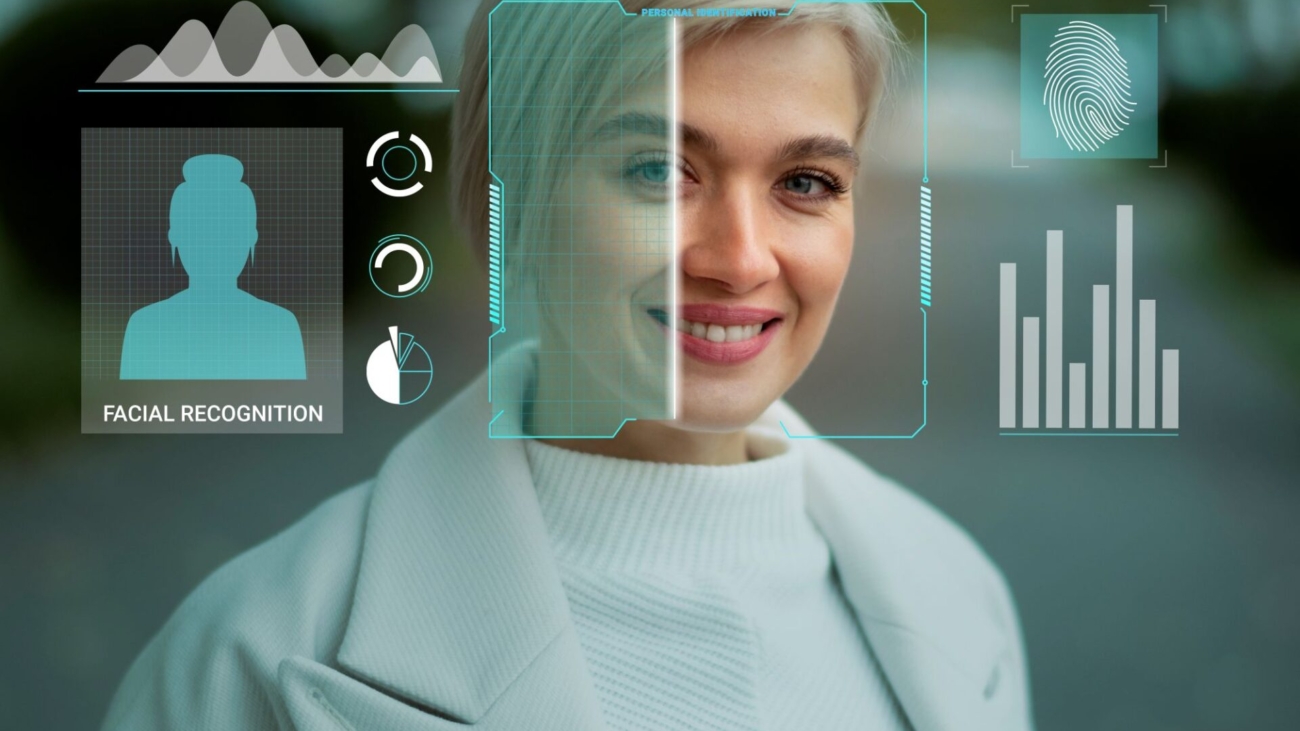When AI meets creativity, it doesn’t replace – it amplifies.
Just last month, our team faced a daunting task: reimagining a campaign with almost no time for traditional brainstorming. Enter AI tools like Adobe Firefly, stepping in as partners, not substitutes. I watched as team members, who wouldn’t label themselves as ‘creative’, brought strategic visions to life with newfound ease.
Here’s what stands out:
– AI accelerates our brainstorming process. It’s like having an idea partner that never runs out of energy.
– It democratizes creativity. Everyone, regardless of their design background, can contribute significantly.
– It’s not about handing over our creative reigns. We use AI to visualize ideas, test limits, and gather real-time feedback.
Coca-Cola is doing incredible things with AI-generated visuals, but they still rely on human creativity to steer the ship. That’s a lesson to embrace – it’s collaboration, not substitution.
AI gives us the chance to challenge our creative instincts and push boundaries. For marketers, the goal isn’t just to automate; it’s to innovate. To create with an open mind and fearless spirit.
What’s been your experience with AI in creative processes? How do you see it shaping the future of marketing? Let’s discuss how we can all grow from this evolving dynamic.










